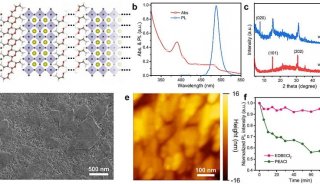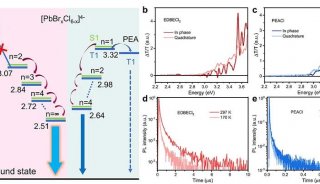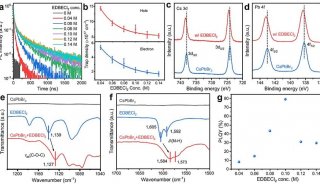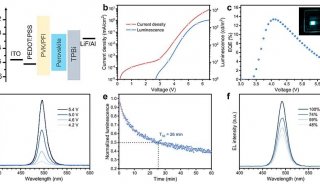led光源的术语(二)
Parallel light | A parallel beam refers to a light where the beam travels in parallel to any extent without spreading. The light from a distant star irradiated to the Earth is particularly close to being a parallel beam. That is to say, light with a small variation in the irradiation angle in relation to a subject. |
Polarized light | Light with a specific optical wave oscillation orientation. |
Polarizing filter | A filter having the property of transmitting only an optical wave, with a specific oscillation orientation. |
Polarizing plate | A plate or film with a limited direction of optical wave oscillation or an object serving the function. |
Disturbance light | Light other than illumination used for imaging and having influence over the desired results. |
Chromatic aberration | How light bend within a lens depends on the wavelength of the light. The light transmitted through a lens is scattered into the seven-color spectrum, like an rainbow and forms an image at a certain point. That is, the formation of the images position differs for each color. |
Depth of field | Depth of field refers to the distance range where an object is focused clearly. Depth of field varies diversely depending on the size of aperture, distance of the focused subject and the lens focal distance. Depth of field has the following properties: |
Bright field lighting | An illumination and observation system for observing the positive light reflection or positive light transmission hence, direct light. |
Dark field lighting | An illumination and observation system for observing scattered light. |
LWD | Abbreviation for Light Working Distance. The distance from a light source to an object. (In optics, Lens Working Distance is typically used.) |
WD | Abbreviation for Working Distance. Distance from a lens to an object. |
Digital intensity control | Intensity control of PD series type. Intensity is controlled by changing the pulse to ON duty (ratio of the lighting time in one pulse). 8-bit control provides 256-stage linear intensity. When a high-speed shutter is used, care must be taken regarding frequency interference. |
Analog dimming (voltage control) | Intensity control of PSB series type. Intensity is adjusted by setting the voltage. The current varies with light. Its constant lighting does not produce frequency interference even when a high-speed shutter lens is used. |
Current control | Intensity control of PLV series type. Intensity is adjusted by setting the current. The voltage varies with illumination. Constant lightening does not generate frequency interference even when a high-speed shutter lens is used. |
External control of dimming | Illumination dimming is controlled by sending a signal to the illumination power supply externally from a PLC, personal computer or another device |
External control of lightening (ON/OFF) | Illumination lighting (ON/OFF) is controlled by sending a signal to the illumination power supply externally from a PLC, personal computer or other device. |
Illuminance | Representational of the luminous amount of the surface of an object receives from a light source. It is given by the illumination of light (lux) fallen on a subject per unit area. The unit is lx(lux). Illumination (lx) = light flux (lm:lumen)/area (m2) |
Luminance | The Luminous intensity represents the brightness of an object, and on the other hand, the brightness corresponds to the brightness of a light source taking into consideration its direction. The distance is not related to the measurement. The unit is cd (candelas)/m2. |
Relative luminous efficiency | The International Commission on Illumination (CIE) have set a standard on the wavelengths that can be perceived by the normal human eye. The spectrum luminous efficiency is dependant on this standard |
CCD luminance | The brightness is represented by the intensity of a light source and the luminosity of a light source can be distinguished by the difference of the lightness/darkness. The CCD brightness assumes by a relative unit how much brightness is felt when a human eye is substituted by a CCD camera with a sensitivity characteristic different from that of the human eye. On the other hand, the cameras setting of the CCD and optical system used for measurement have influence over the absolute value. |











